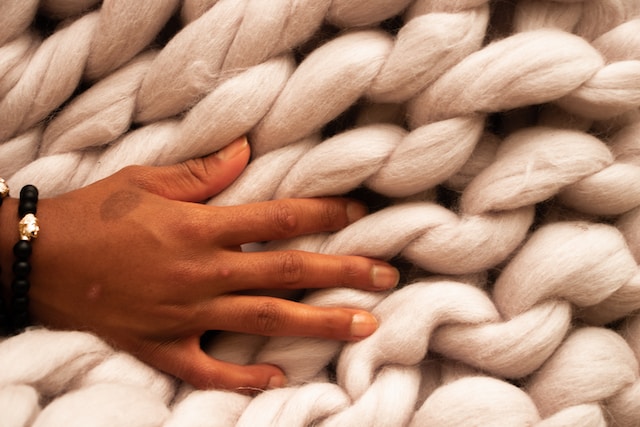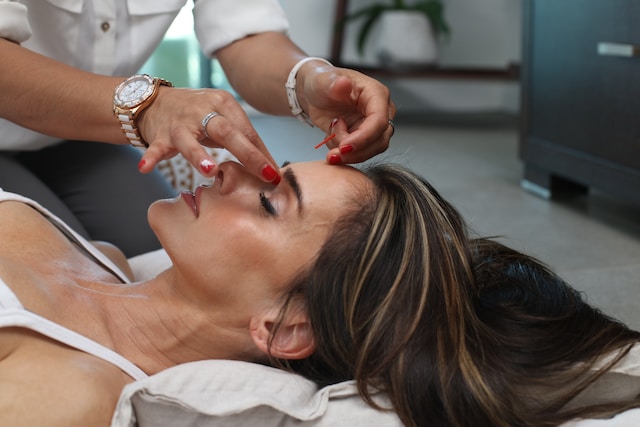

Birthmarks are those fascinating, sometimes mysterious, and often conspicuous skin formations as unique as their bearers.
How much do you know about these birthmarks? In the UK, one third of babies are born with birthmarks.
What causes birthmarks, and why? What are they? Are they harmful?
This comprehensive guide will help you to understand the mystery of birthmarks and provide vital information for anyone considering removal in London, or anywhere else in the UK.
What are birthmarks?
Birthmarks are skin anomalies that appear at birth or shortly thereafter.
They come in a variety of sizes, colours and shapes. Some birthmarks blend in with the skin surface while others are raised and create a three-dimensional pattern.
The size and colour of these birds can vary dramatically. They can be light pink, tan or dark brown.
Birthmarks Types
Let’s look at the two main types of birthmarks: pigmented birthmarks and vascular ones.
- Pigmented birthmarks – Imagine that pigment cells are accumulating in one area of your skin. This is a pigmented skin birthmark. There are many types, including moles (small clusters coloured skin cells), café-au-lait patches (light brown patches), or Mongolian spots.
- Vascular birthmarks – These are caused by abnormal blood vessels. This category includes salmon spots (flat, pink patches), Haemangiomas(strawberry red or deep purple clusters of blood vessel), and Port-Wine Stains (dark-red or purple patches which may become thicker as they age).
Birthmarks: What Causes Them?
Why do birthmarks happen?
The exact cause of acne is still a mystery despite advances in dermatological sciences.
There is no evidence that they are inherited and there’s also no link between their occurrence and maternal behavior during pregnancy.
We may one day be able to explain the origins of these skin mysteries with further research.
Birthmarks: Are they harmful?
The majority of birthmarks do not cause any health problems.
If you notice sudden changes in the size, color, texture or discomfort, it is best to consult a medical professional.
Birthmarks can sometimes be associated with other health problems, even though they are rare. Always check for any irregularities on the skin and consult a doctor if you are concerned.
Birthmark Treatment Options
Birthmarks are gentle guests and may fade over time.
Some decide to remain, and become a constant companion. There are treatment options for birthmarks that cause discomfort or health problems.
Laser therapy, medications, and in some cases, surgery, can all be effective.
Treatment will vary depending on the size, type and location of the birthmark as well as the individual’s preferences, risks and benefits.
Self-acceptance and Psychological Impact
Although most birthmarks are harmless, they can have a negative impact on an individual’s mental health, especially if they are large and visible.
It’s important to remember that the psychological aspect is just as important as physical.
It is important to promote self-acceptance and foster self-love. Professional psychological support may be beneficial if a birthmark has a significant impact on mental health.
Conclusion
Understanding birthmarks is the first step to acceptance or making an informed decision about treatment.
If you are concerned about your birthmark, you can consult a dermatologist or other healthcare professional to determine the best treatment plan, including monitoring, emotional support, and/or treatment.
Birthmarks are part of the human diversity and add to our beautiful mosaic. Accept your uniqueness and seek professional advice if necessary. Above all, love the skin that you are in.






